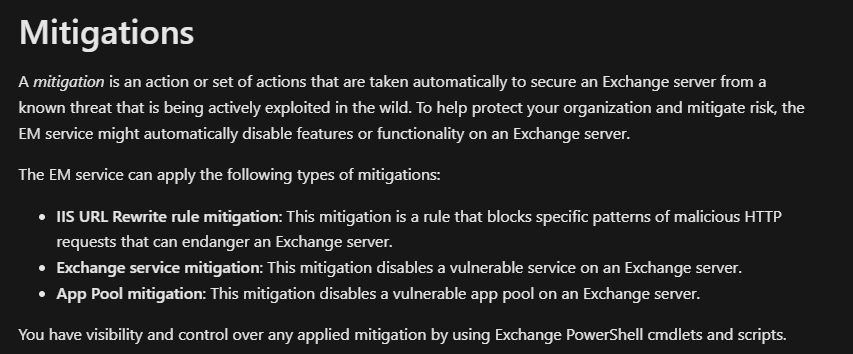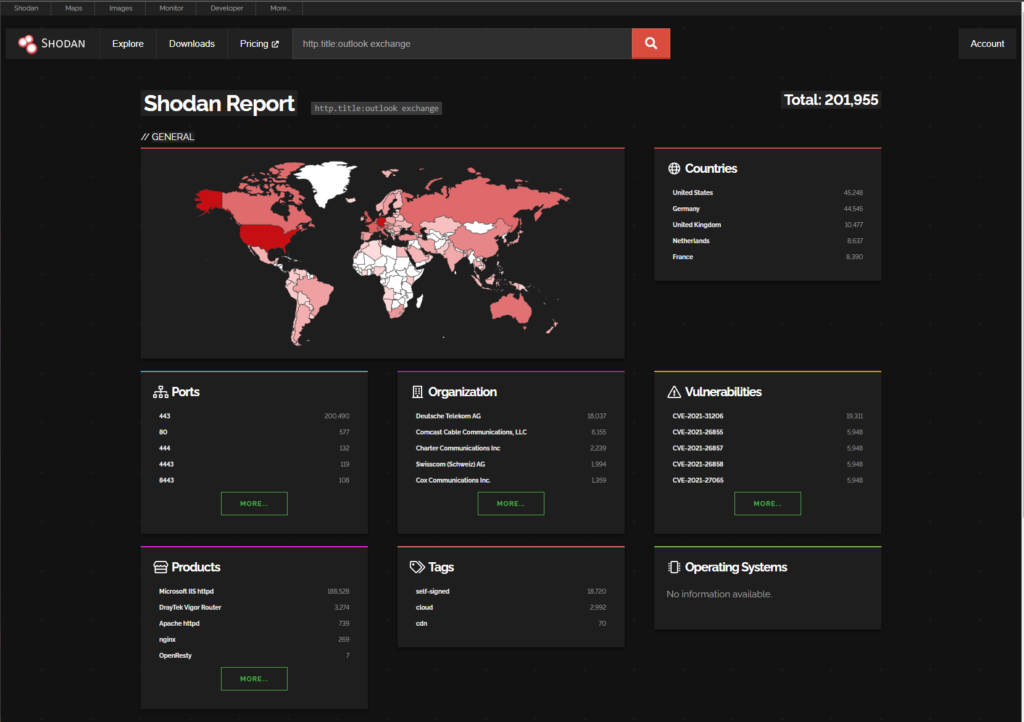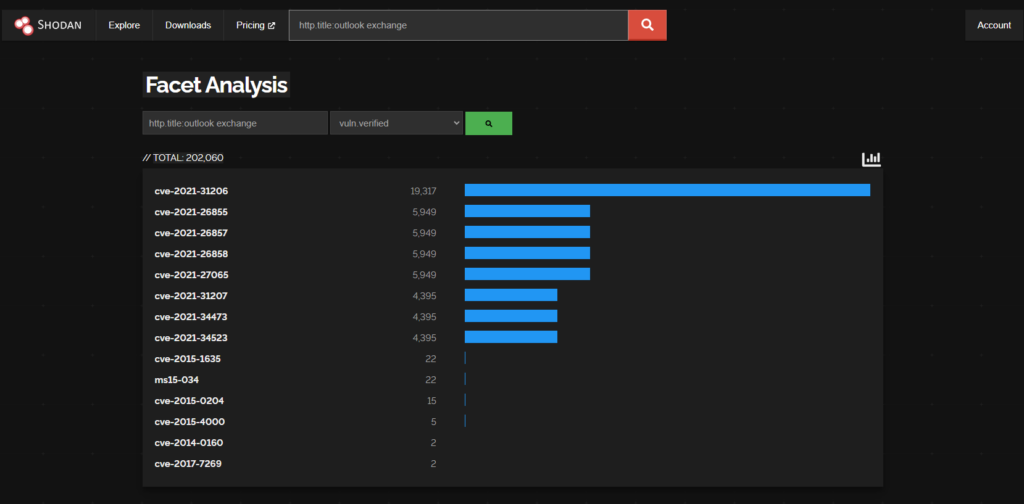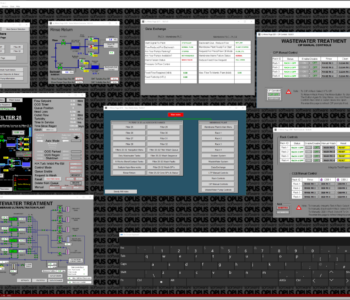 Leadership
Leadership
How to not lose your job as a CISO
A mRr3b00t Adventure
Join me on an adventure of rambling and exploring the idea that you can in fact not lose the security leadership game! This blog is WIP, it’s just my brain wondering around the question of: can we win the in the face of a seemingly insurmountable force? What do we do as a security leader to protect ourselves and the organisation? How do we start?
Read more “How to not lose your job as a CISO”

















